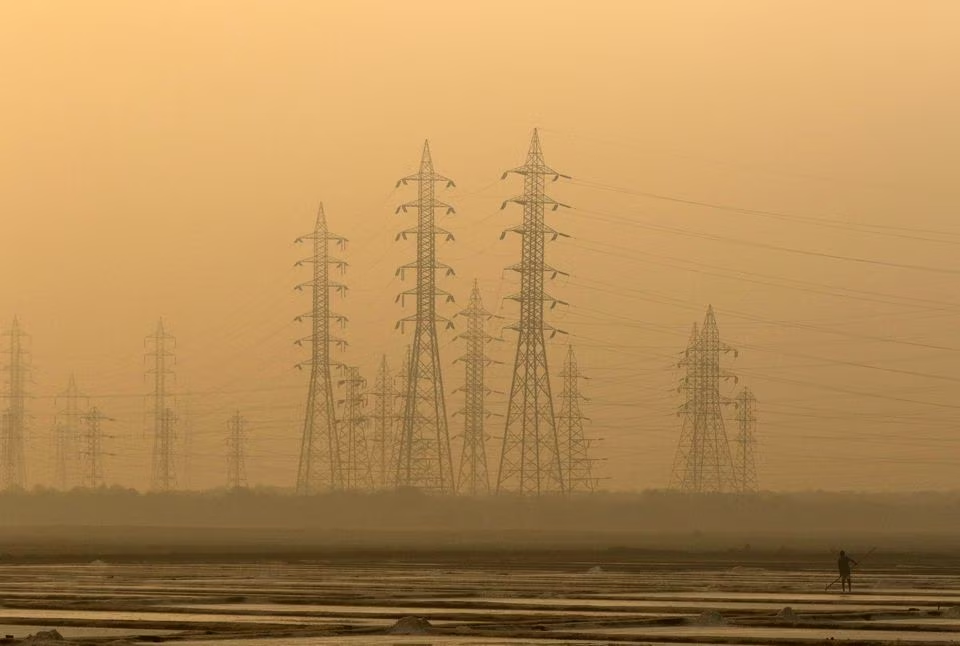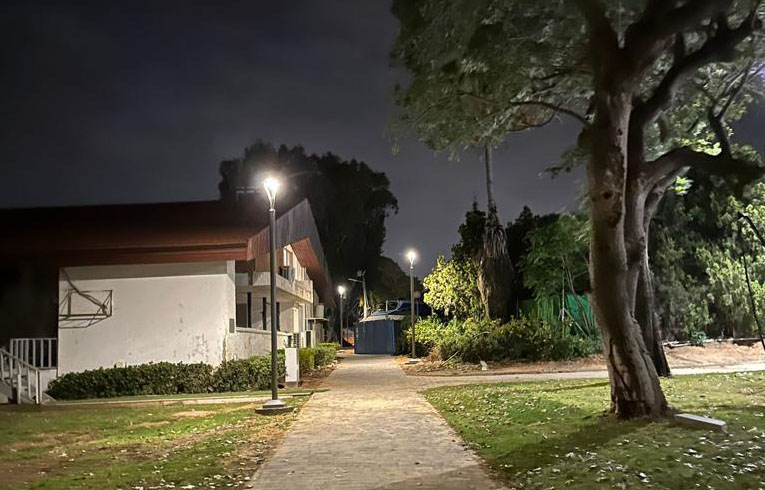India’s power consumption has been on the rise due to the increasing demand for air-conditioning and the deployment of solar power. As a result, the government has come up with a plan to ensure more efficient use of power through the implementation of time-of-day tariffs. This system of pricing aims to encourage consumers to utilize power during the day when there is more solar power available and discourage usage during peak hours after sunset when demand is higher.
The government has proposed a three-rate tariff system that will differentiate prices between normal hours, solar hours, and peak hours. During solar hours, which are typically between 9 am and 5 pm, prices will be reduced by 10-20%. Conversely, during peak hours, which are between 6 pm and 10 pm, prices will be 10-20% higher. This pricing model will incentivize most customers to consume more power during the day while discouraging consumption during peak hours.
The government has announced that the new tariff system will be rolled out in phases. Starting from April 2024, the small commercial and industrial customers will be subject to the new tariff system, followed by most other customers, excluding the agricultural sector, from April 2025. This phased introduction is intended to give sufficient time to both consumers and suppliers to prepare and adapt to the new pricing model.

Most state electricity regulators already have time-of-day tariffs in place for larger commercial and industrial users. The introduction of this new tariff system aims to make more efficient use of solar power and coal-fired power generation by encouraging day-time load while restraining evening demand. By implementing this system, the government is hoping to reduce peak-hour demand and reduce the strain on power supply during these hours.
However, as the pressure on the grid continues to increase, specifying a time-of-use tariff is not the only solution to the problem. Encouraging the use of solar lights can also go a long way to reducing the pressure on the electricity supply during peak hours, while reducing electricity bills, especially in rural areas. Solar lights are a clean and sustainable alternative to electricity from the grid. The fact that they do not require electricity from the grid allows rural households to have access to affordable and sustainable electricity options.

One particular brand of solar lights that stands out is sresky’s solar street lights. These street lights are equipped with integrated solar panels, batteries, and LED lights, which have a higher utilisation of high power LED lighting. This means that sresky’s solar lights can provide brighter and more efficient lighting than their counterparts.
Furthermore, sresky’s solar street lights are equipped with the latest high-efficiency charging technology that can achieve a maximum charging efficiency of 95%. This ensures that the batteries in the lights get charged faster, which translates to more available lighting hours during nighttime.
Another notable advantage of solar street lights is that installation is a breeze. Unlike traditional street lights, there is no trenching, wiring or conduit required. In fact, a street light can generally be installed within 1 hour, saving time and resources.
The use of solar lights has the potential to significantly reduce the demand for grid electricity during the day, freeing up more electricity for peak hours when demand is at its highest. This, in turn, will contribute to the success of the government’s electricity tariff system. With its numerous benefits, the adoption of solar lights is a critical step in ensuring a sustainable and cost-effective solution to our energy needs.
In conclusion, the Indian government’s decision to implement time-of-day tariffs is a crucial step towards making efficient use of power, reducing strain on the grid, and encouraging the adoption of sustainable energy sources. The phased implementation of this new system and the promotion of solar lamps as an alternative to grid power are laudable initiatives that require the cooperation of all stakeholders to become a success.